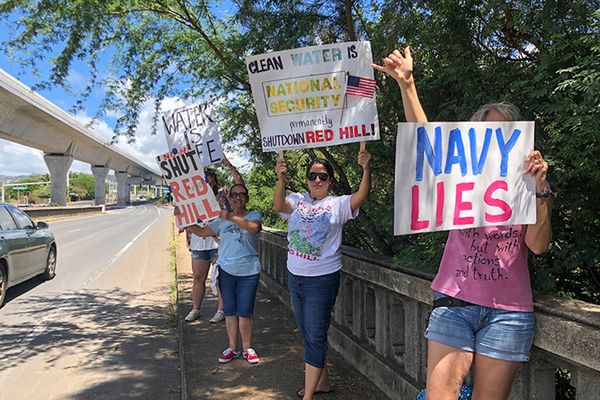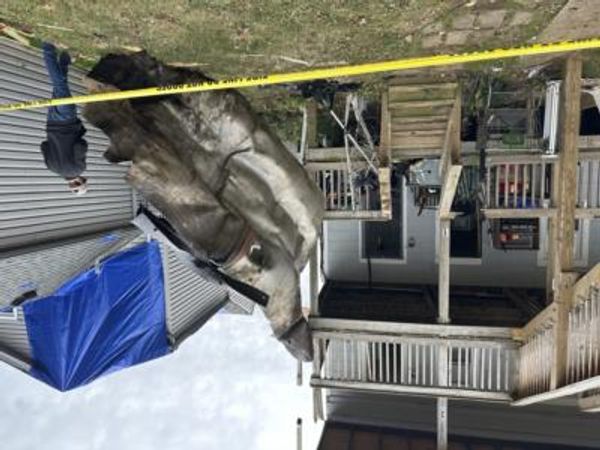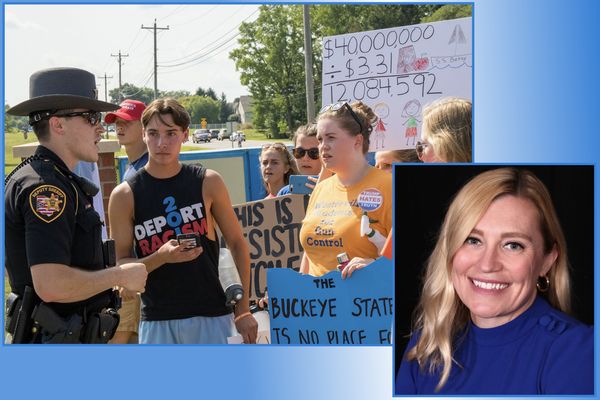
It was the late 1970s when Bartley Duggan fled to London from the west of Ireland, taking the boat from Dublin without a backward glance. Home had been a remote Irish-speaking corner of County Galway, “10 miles from the nearest shop”, where Duggan, his parents and 10 siblings shared a tiny, three-room cottage on a smallholding up a mountain.
Teachers and priests were sadistic, and the poverty was grinding and inescapable: “It wasn’t all lovey-dovey, so it wasn’t,” he recalls. In England, however, he had been told there was plenty of work. So Duggan packed a bag, cut his ties and though he is now 66, he has never been back.
Though he spoke barely a word of English, on arriving in London Duggan picked up work for the following morning on a construction site. But what he would find was a level of abuse and exploitation that was almost worse than back home. For up to 12 hours a day, sometimes seven days a week, “we were concreting all day, 400 metres per day – that had to be done,” says Duggan. Breaks were rare and safety equipment was unheard of. “If you didn’t like it there was a road, and you were to turn down that road and not come back.”
Stories like Duggan’s are not unusual – in 1981, almost 600,000 people born in the Republic of Ireland were living in England and Wales (with fewer than 3.5 million living back home), part of a huge postwar exodus from the country to find fortune or escape “over the water”. Irish navvies helped rebuild Great Britain’s infrastructure after the second world war – although, unusually for migrant communities, more Irish women had come since the 1950s than men. As that generation ages, however, such accounts are at risk of being forgotten.
An oral history project hopes to address that in a touring and online exhibition. Funded by the National Lottery Heritage Fund, Look Back to Look Forward aims to reflect the diverse experience of Irish exiles in Great Britain over the last half century.
“The history of Irish immigration to Britain is a difficult one,” says Susan Cahill, an academic and writer who has led the project for Irish in Britain, a membership organisation representing the Irish community in the UK. The later decades of the 20th century encompassed some “really tricky times” for people dealing with exploitation, anti-Irish prejudice and the fallout of the Troubles, she says.
“It’s complicated, because Britain offered a sense of freedom to so many Irish people. And yet, it could be a very difficult place to be Irish.”
More than 100 people, Irish immigrants and second generation Irish, have been interviewed so far for an academic archive that will be permanently housed at London Metropolitan University after the exhibition concludes.
They include some well-known names including the Cork-born actor Siobhán McSweeney and the musician Jah Wobble (whose mother was Irish), but many more ordinary Irish men and women, whose stories were anything but.
One interviewee, Rosemary Adaser, experienced years of trauma as a mixed-race child brought up in one of Ireland’s notorious industrial institutions. She recalls the “elation” she felt getting on the plane to England, where she would discover “I could blend in for the first time ever. The one thing I never told anybody was that I was Irish. Who would believe me anyway? There were not that many mixed-race Irish.”
Chris McDonagh, an Irish Traveller who grew up around Manchester, remembers the prejudice he experienced even as a young child, “because we were seen as different or the outsiders or the bogeyman. It’s not nice to grow up knowing that. You’re segregated as a child by a society that should know better.”
Another interviewee, Breda Power, describes growing up in London where she avoided talking about her father, who only a few friends knew was Billy Power, one of the Birmingham Six. He and five others had been wrongly jailed for the IRA pub bombings in 1974, in one of Britain’s most egregious miscarriages of justice. “People, even to this day, say, ‘You were always very private. You didn’t say too much about … anything,’” she says. “But [I] was just avoiding conversations in general.”
The Irish community in Great Britain is “definitely a community that’s changing”, says Brian Dalton, Irish in Britain’s chief executive, with the mass migration of the postwar decades having eased as Ireland itself has transformed, although many Irish are still coming.
“A lot of the voices that we were looking to capture won’t be around in 10 or 20 years, so we felt we needed to move and capture those,” says Dalton. “Some of the testimonies do feel as if they come from another age – I suppose it just shows you how much has changed here over the last 50 years.”
Look Back to Look Forward: 50 Years of the Irish in Britain is online and at the London Irish Cultural Centre from 1 November, and touring to Liverpool, Leeds and Birmingham.







